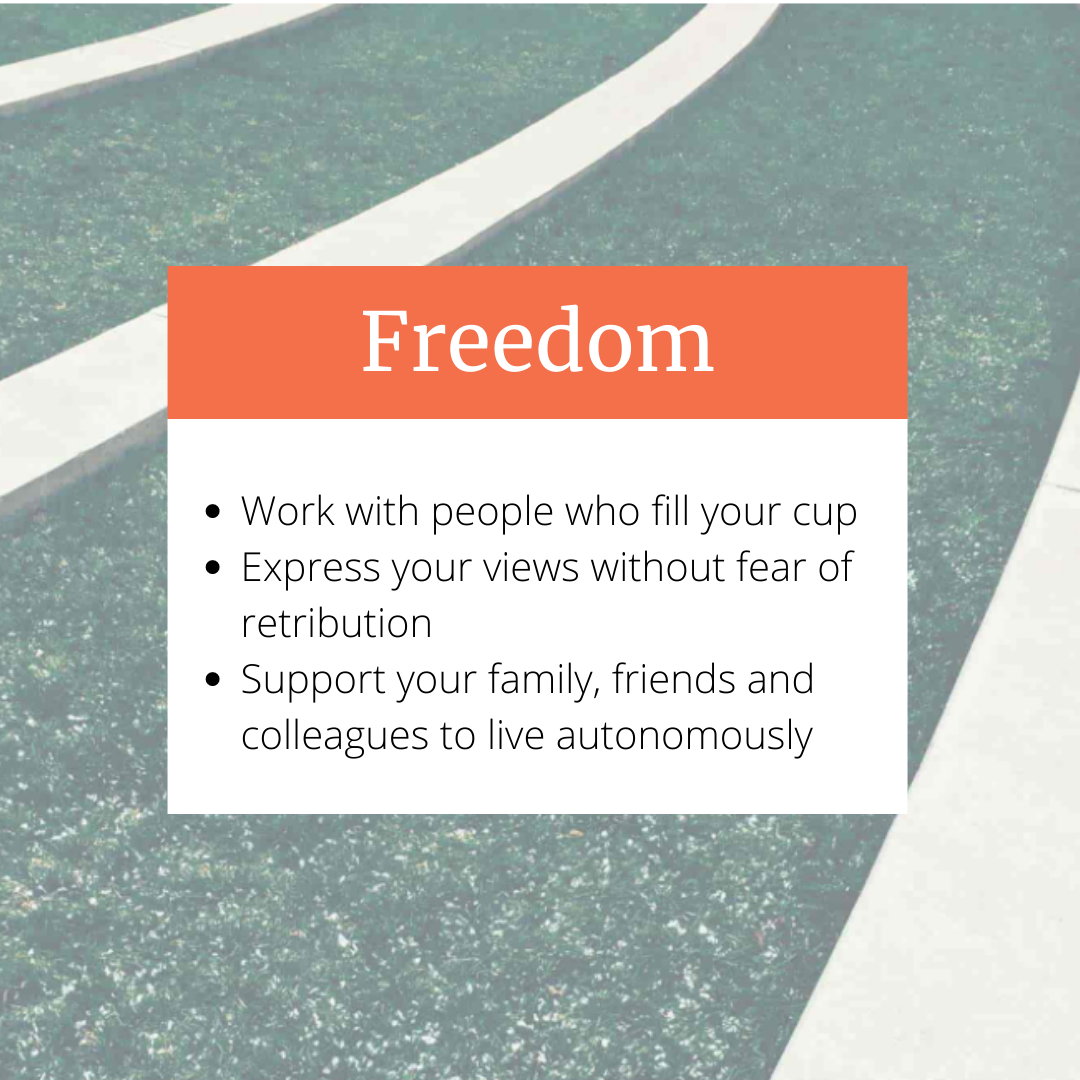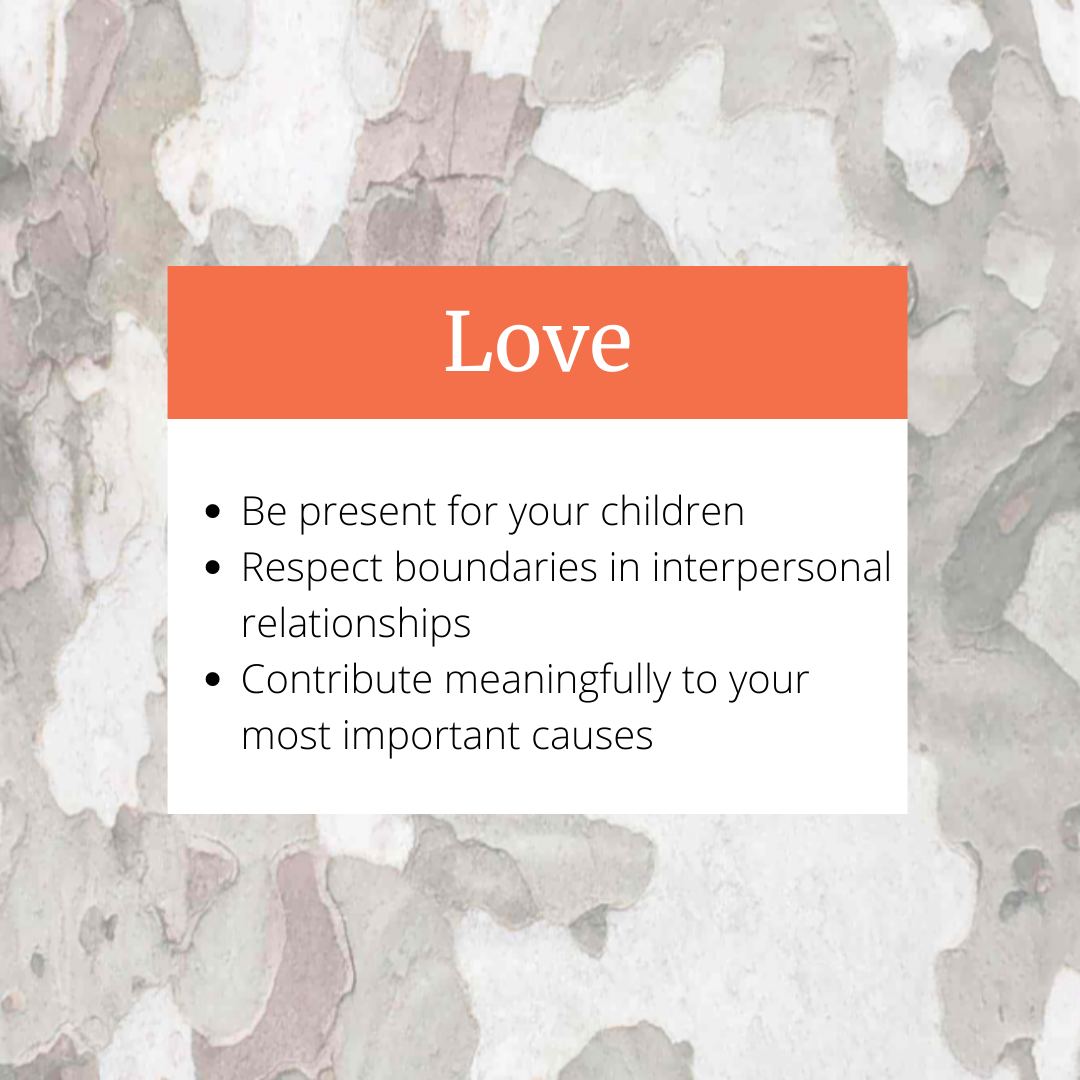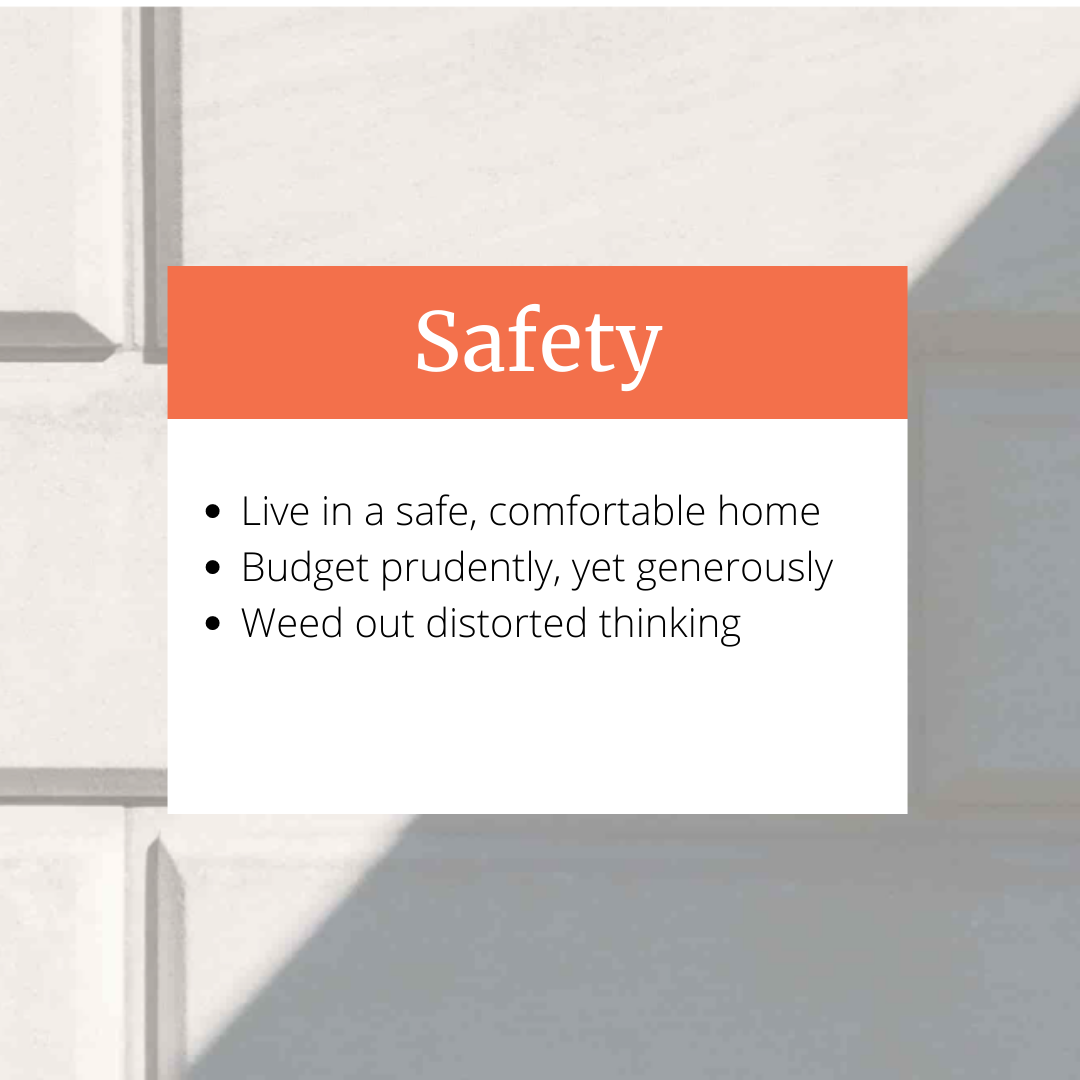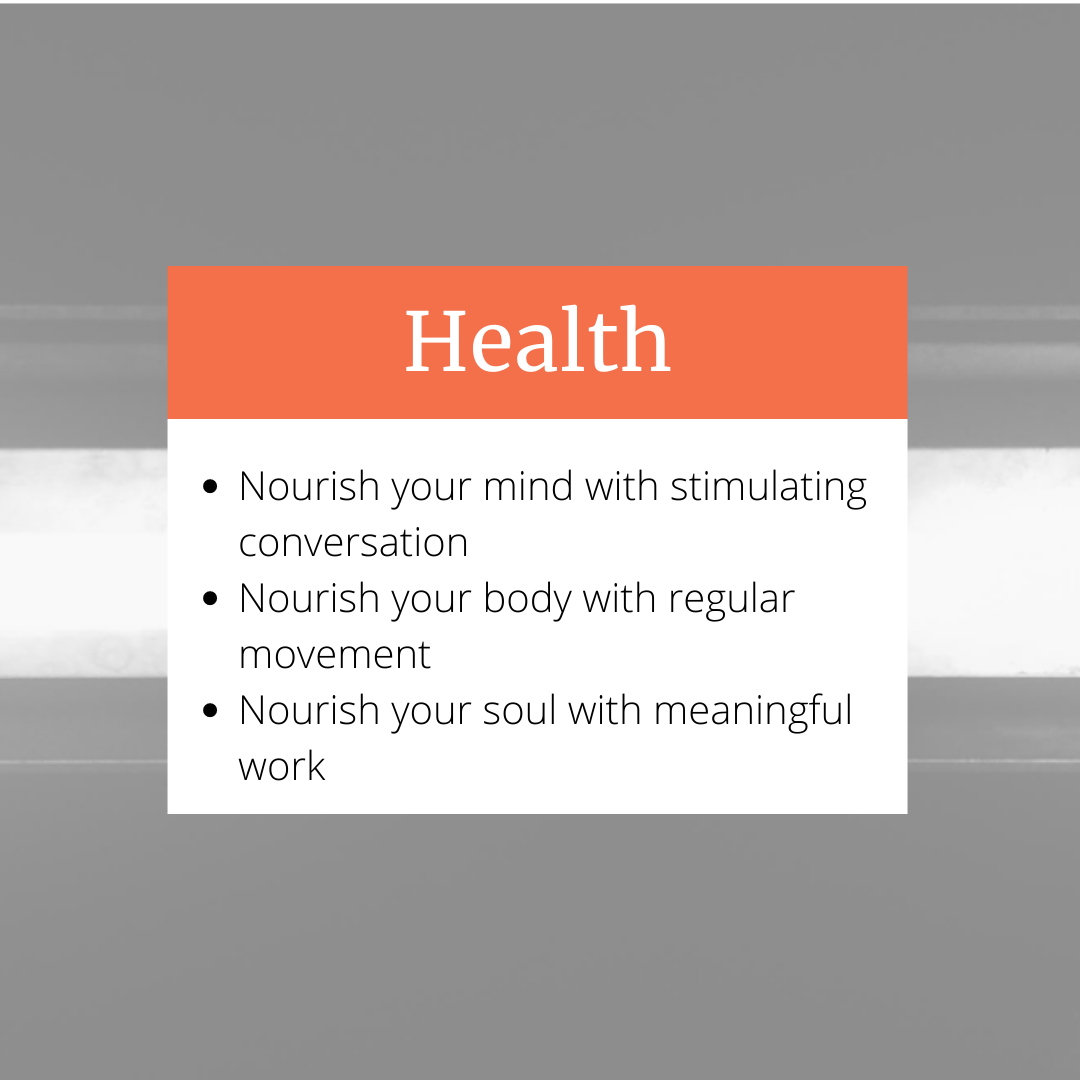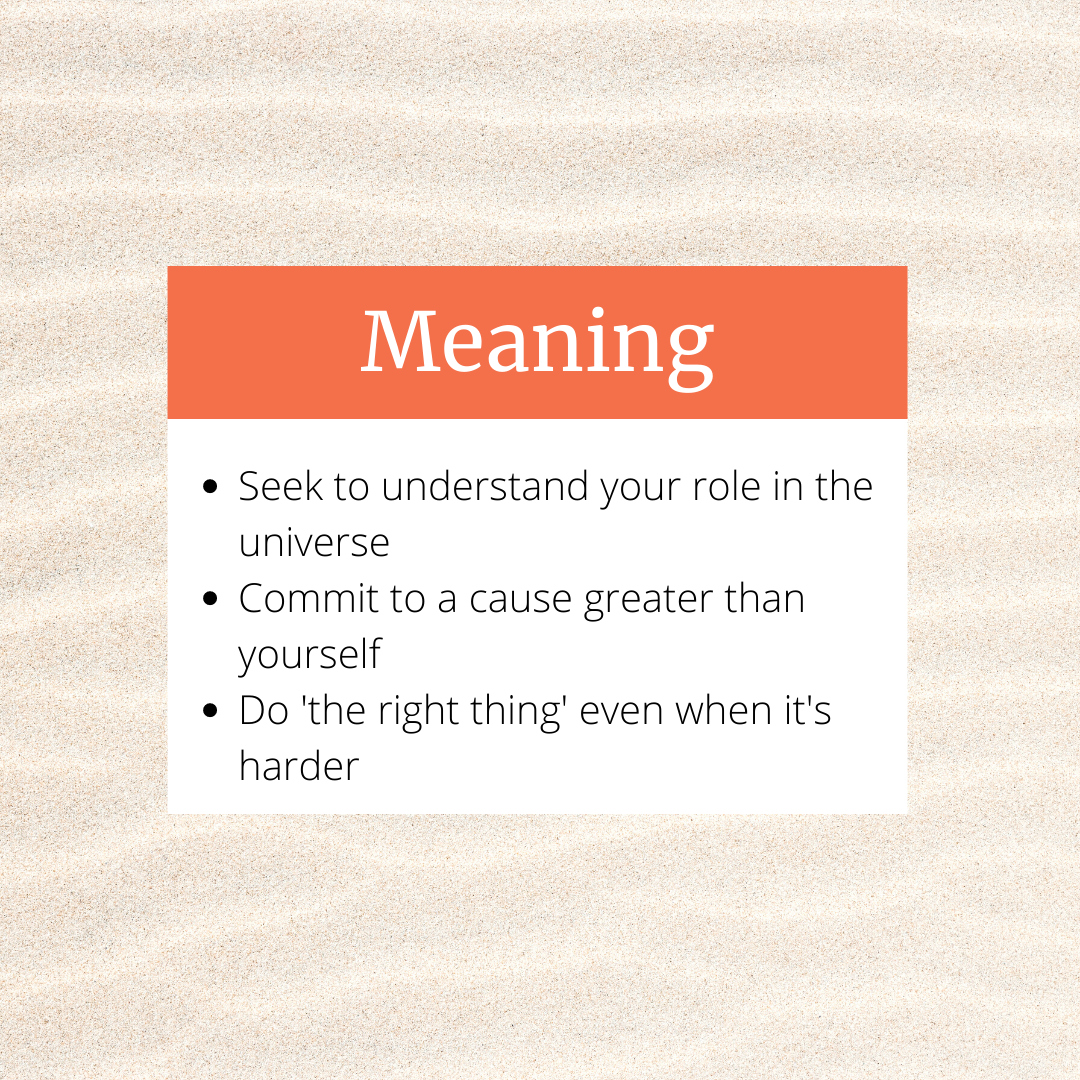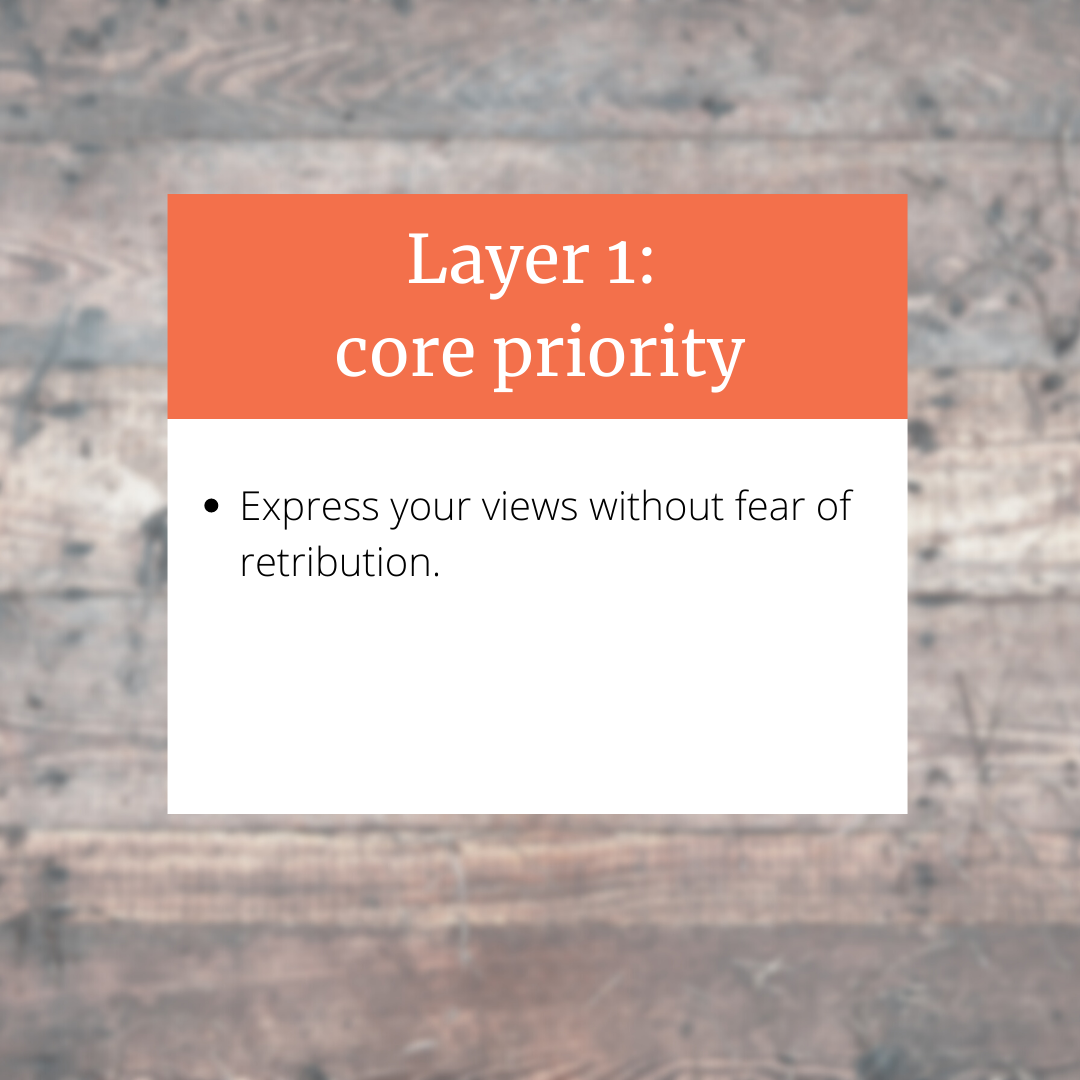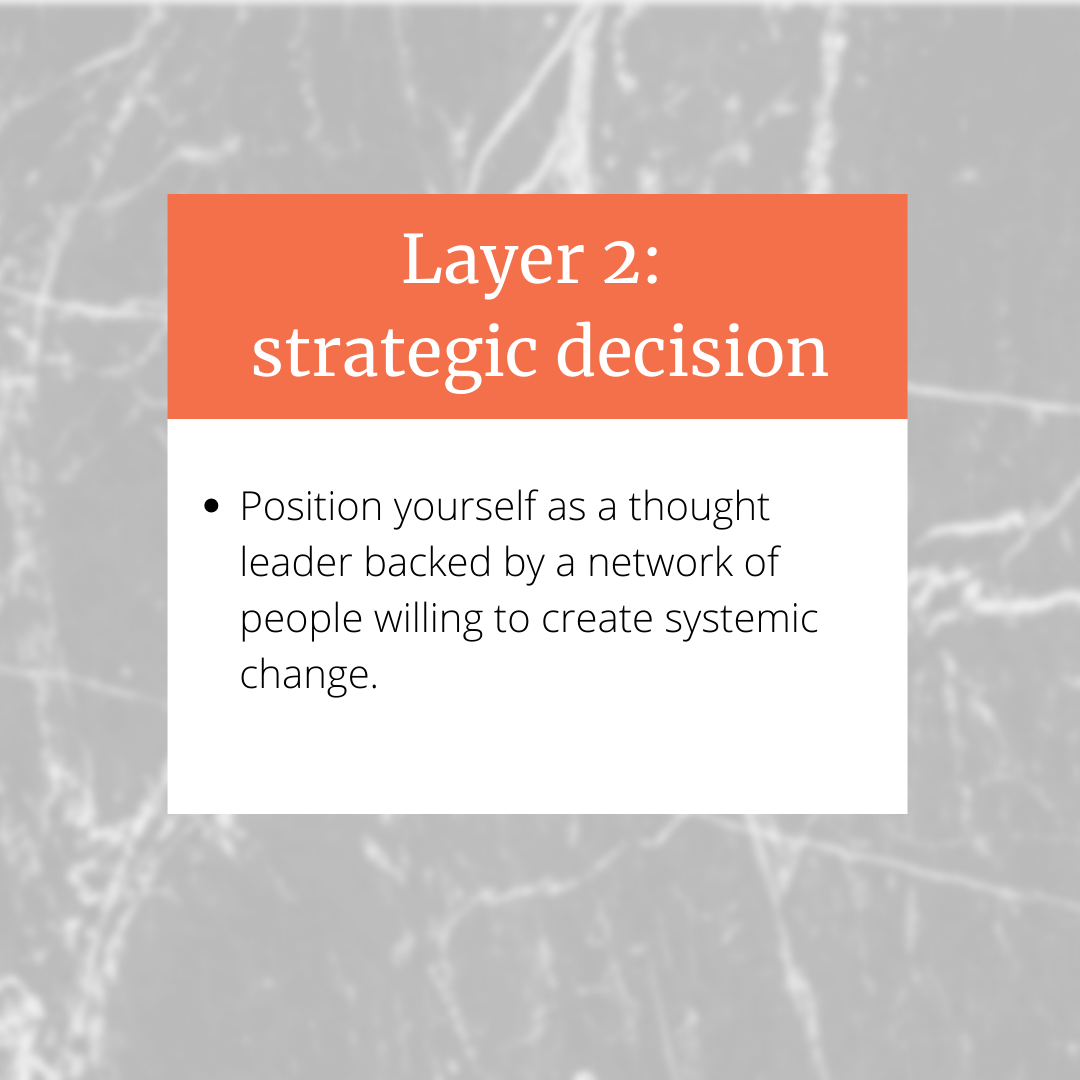What’s the difference between strategic and tactical decisions?
We’re looking at the yin and yang of decision-making here. While strategic decisions are visionary, tactical decisions are practical. While strategic decisions are slow and thoughtful, tactical decisions are quick and responsive. While strategic decisions engender long-term success, tactical decisions live and die in the moment. Despite their vast differences – or more accurately because of them – we make our best decisions when we pair strategy and tactics.
Unfortunately, very few of us know how to do this. Either, we ignore the need for a strategic decision because we’re afraid of losing time, money and momentum. Or we avoid tactical decisions because we fear ‘getting it wrong’. Either way, when you bypass holistic decision-making, you end up wasting your time, energy and money on decisions that get you nowhere, propel you in the wrong direction or, worse, harm the people and causes you care about.
"The biggest risk to productivity is always the same: working on the wrong thing." – James Clear, author of Atomic Habits
If you’d like to safeguard your decisions from these ruinous consequences, it’s important to understand the following layers of effective decision-making.
Identify what matters most to you (core priorities)
Focus your energy (strategy)
Unleash your energy (tactics)
The best decisions honour your core priorities.
Like the metaphorical North Star, your core priorities offer a guiding light to move towards, even as the world around you changes. When you keep an eye on your core priorities, you can make decisions that resist fleeting temptations, outdated beliefs and external pressures. Unencumbered by these distractions, you can make confident decisions that move you towards your most meaningful results. This is what living with integrity looks like.
So, how do you define your core priorities?
You can start by bringing awareness to your values. These are the abstract end states you most yearn for and which drive your decisions and behaviour. When you make decisions that move you towards your values, you feel nourished. Conversely, when you make decisions that move you away from your values, you feel depleted. Once you’ve identified your values, you can ask yourself:
In which context is this value relevant?
When do I notice its presence or absence?
How can I invite more of it into my life?
These questions help you elicit your core priorities, clear markers that will help you make more nourishing decisions. The grid below shows examples of how you might do this.
Example values and core priorities
Can you take a few minutes to create a grid like this for yourself?
Naturally, your core priorities will look quite different to the examples above as they will reflect your own unique values and circumstances. Once you’ve drawn your list, you’re ready to explore the link between your core priorities and strategic decisions.
Strategic decisions guide your everyday choices.
In the heat of everyday decision making, you want to make choices with clarity and confidence. Strategic decisions empower you to do this by paving a path to your core priorities ahead of time. This path is smooth and well-signed. It has arrows that point you in your chosen direction and railings that prevent you from straying off route. This path extends far into your future to help you:
bring a creative and critical eye to decision-making
recognise and respond to opportunities and threats
incorporate diverse perspectives to create win-win outcomes.
Strategic decisions are powered by a slow and thoughtful process, making them best-suited to situations with long-term, material consequences. Setting the direction of your business or identifying the qualities of a life partner are choices that merit a strategic process; not so for short-term, immaterial decisions like choosing what to wear to the office or which ice-cream flavour to indulge in.
In their bestselling book Decisive, Chip and Dan Heath share the most elegant decision-making process I’ve seen. Nicknamed WRAP, it encourages us to widen our options, reality test our assumptions, attain distance before deciding and prepare to be wrong. I’ve included some key points from the WRAP framework below for you to consider when making complex or consequential choices.
Widen your options
Break out of a narrow frame by exploring multiple options (think “AND not OR”)
Ask yourself how you can optimise safety and growth
Identify opportunity costs
Reality test your assumptions
Gather evidence and opinions from experts
Seek out disconfirming information
Conduct small experiments before going ‘all in’
Attain distance before deciding
Consider how you’ll feel about your decision 10 minutes, months and years from now
Adopt an outsider’s perspective
Honour your core priorities
Prepare to be wrong
Use a transparent decision-making process to promote fairness and optimise ‘buy in’
Set tripwires like deadlines to snap you out of autopilot
Anticipate how you might respond to unexpected adversity or success
The time it takes to move through this process will depend on the complexity and materiality of your decision. For example, a strategic decision to tackle climate change at a national level will require a very different level of investment to one that determines your own household’s approach. Either way, by following a slow, thoughtful decision-making process, you plot a well-defined path along which you can make disciplined tactical decisions down the track.
Tactical decisions make stuff happen.
If strategic decisions are the tortoise of choice-making, tactical decisions are the hare. Characterised by short, fast bursts of energy, tactical decisions allow you to explore, experiment and iterate on the path paved by your strategic decision. Despite their short- to medium-term focus, tactical decisions are neither short-sighted nor impulsive. They rely on proactivity, creativity and responsibility to fuel meaningful change.
Tactical decisions seek to answer the following questions. (Please replace the individual “I” with the collective “we”, as appropriate.)
How can I bring my strategic decision to life?
Which people, processes and other resources can I turn to for support?
When and where can I trial these tactics?
How can I learn from and improve my approach?
The grid below shows how answering these questions moves you into the third layer of decision-making.
Last but not least, when you hit upon a tactical decision that genuinely supercharges your success, you can lock it in place by converting it into a habit. In this way, you dispose of the decision point, saving yourself time and energy, while continuing to reap the benefits of your highly successful decision. You can learn more about habits in my Brain Snacks podcast series: Dangerously Disciplined.
Next steps
My hope is that the next time you find yourself procrastinating a decision or making impulsive choices, you’ll trial this framework as a step towards creating positive change in your life. If you would like support to do this, please get in touch. I work one-on-one with a diverse group of founders, entrepreneurs and leaders to lighten the load of complex and highly consequential decisions, and it would be my pleasure to support you too.
Wishing you a wonderful day!
Rebecca


